Capital:
Hong Kong
Currency
Hong Kong Dollar
Best time to visit:
The best time to visit Hong Kong is from March to May and from September to early November: you avoid the great cold of winter and the great heat of summer.
In a word:
Zǎoshang hǎo (good morning)
Vaccines
None
Warnings:
- The city is very populous and in perennial activity. Book accommodation well in advance.
At the table:
Typical Chinese cuisine reigns supreme but now, almost everywhere, thanks to its cosmopolitan spirit, you can find and taste any Western and Eastern world specialty!
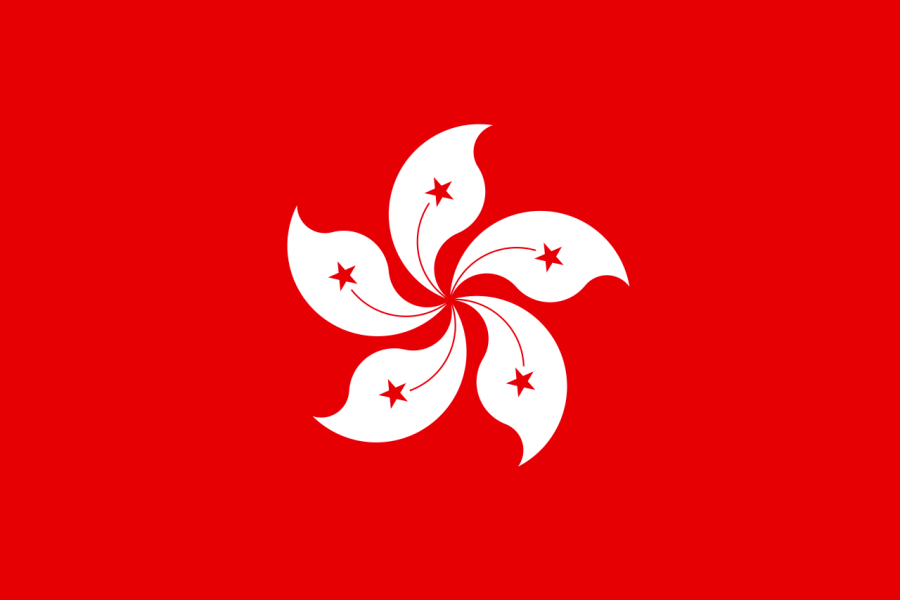
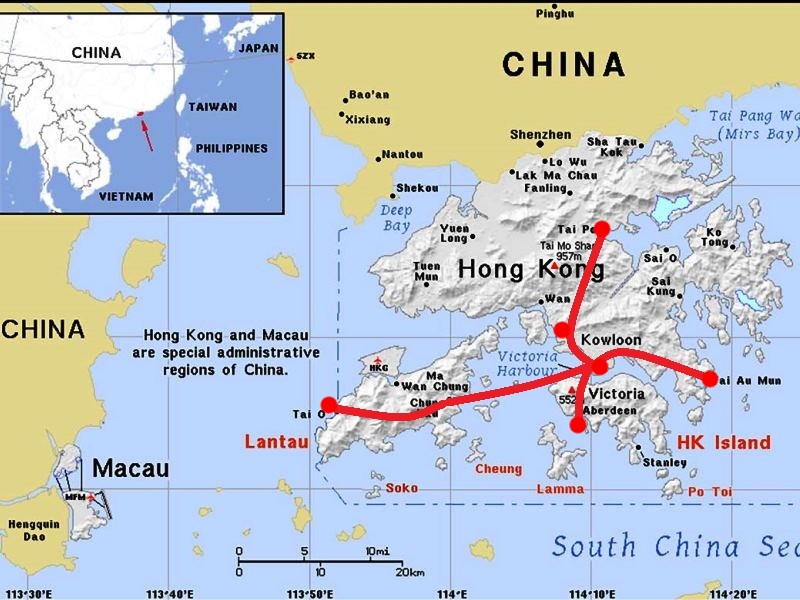
Essential experiences:
Reach the top of Victoria Peak (554 mt) to enjoy one of the most famous visits in Hong Kong; Badloria until the first light of dawn in the lively LKF district; Bow before the majestic Buddha on Lantau Island.
Hong Kong, literally: “fragrant port”, a city that never sleeps.
Cosmopolitan city, crossroads between West and East, harmony of breathtaking skyscrapers and unspoiled nature, where the super modern metropolis is intertwined with tradition. Without a shadow of a doubt, the 150 years of colonial influence and 5,000 years of Chinese tradition have given this city a unique personality.
Impossible not to immerse yourself in the heart of the pulsating local life to savor all the splendor of an endless cultural variety still made up of singular and characteristic mixes (also linguistic) between colonial past and primordial tradition.
From a small fishing village, Hong Kong was transformed, under British rule, into a bastion of fundamental strategic importance for the British Empire as well as a center of primary commercial and financial importance.
Hong Kong is often visited in the tight time of a connecting flight between two planes; the city instead deserves a few days to be appreciated and discovered in its many facets.
From Hong Kong it is possible to go almost anywhere. Its airport is served by the major airlines in the world and is an ideal entry point not only for the city but also for the entire Far East.
While visiting Hong Kong it is possible to obtain visas for any country in the area.
There is no time to get bored here, because there are so many things to do.
Here are 10 activities that we recommend you to experience here!
The ideal place to enjoy a striking Hong Kong panorama is undoubtedly Victoria Peak! This is the highest peak in the city (554 meters), it can be reached via a funicular in 5 minutes but mind you because the queues to climb are often endless! The Peak Tram (which is over a hundred years old, has never had an accident and is an attraction in itself) can be taken at the Peak Tram Lower Terminus on Garden Road (which you can reach by walking from exit J2 of the MTR Central Station).
Once at the top, there are two "poles" of interest on the promontory: the Peak Tower and the Lion Kiosk, preferential points from which to enjoy fabulous cover views, both day and night.
On Sky Terrace 428, for example, you can enjoy a 360 ° view of Hong Kong!
I recommend that you get there just before sunset so that you can admire Hong Kong that is colored with lights.
We are not talking about just any light show: “A Symphony of Lights” entered the Guinness Book of Records as the largest permanent light and sound show on the planet. In fact, these are 45 buildings along the Hong Kong Island skyline that "shoot" laser lights towards Victoria Harbor in time to music.
This show is held every day at 8pm and lasts for fourteen minutes.
Although the show takes place on the island of Hong Kong, to admire it you will have to go as far as Kowloon.
Take Exit J of the MTR Tsim Sha Tsui East Station (Kowloon Peninsula) and arrive on Tsim Sha Tsui Promenade, from the Avenue of Stars to the Hong Kong Cultural Center. Just follow the signs!
The financial heart of Hong Kong is called the Central District, in the local language Chung Wan, and is located in the northwestern part of the island. It owes its name to the "Centrale" metro stop and today it can be considered the "Mecca" of luxury and power of the city: here there are skyscrapers, luxurious shops and several important buildings, such as those that house the various consulates, as well as the government.
But here there is also a piece of history: in fact, in this neighborhood, taking Queen's Road, you can take the first street of the city.
Mong Kok is one of the busiest and busiest commercial and residential areas in Hong Kong, but it is definitely worth a visit, if only to let yourself be infected by its unstoppable energy. Neon lights, stalls, shopping centers and shops of various kinds animate this area frequented in particular by shopping enthusiasts as it is here that there are two of the most characteristic markets of the city (Ladies Market and the Temple Street night market).
There is also no shortage of restaurants, pubs and a wide choice of entertainment.
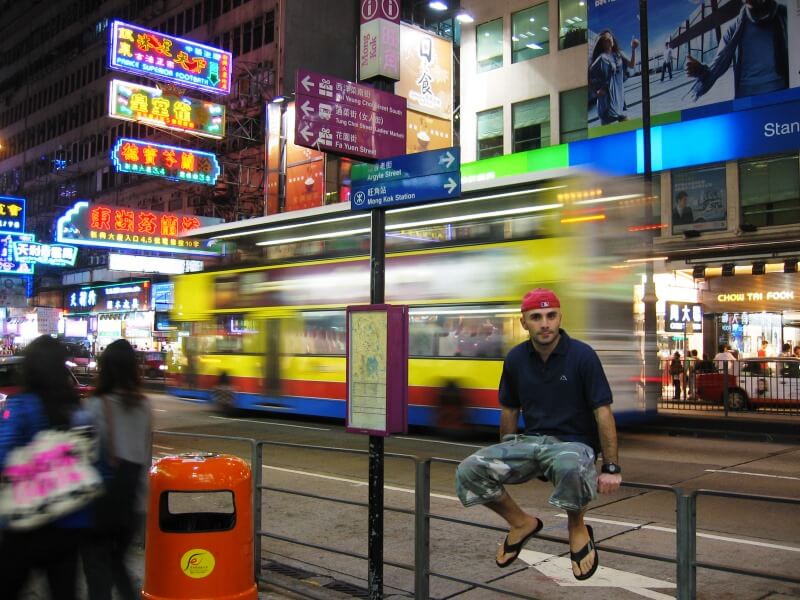
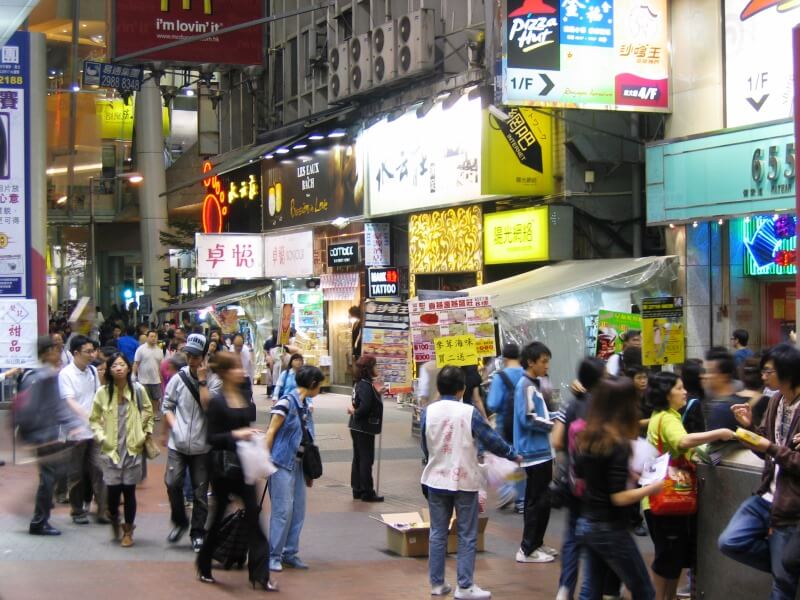
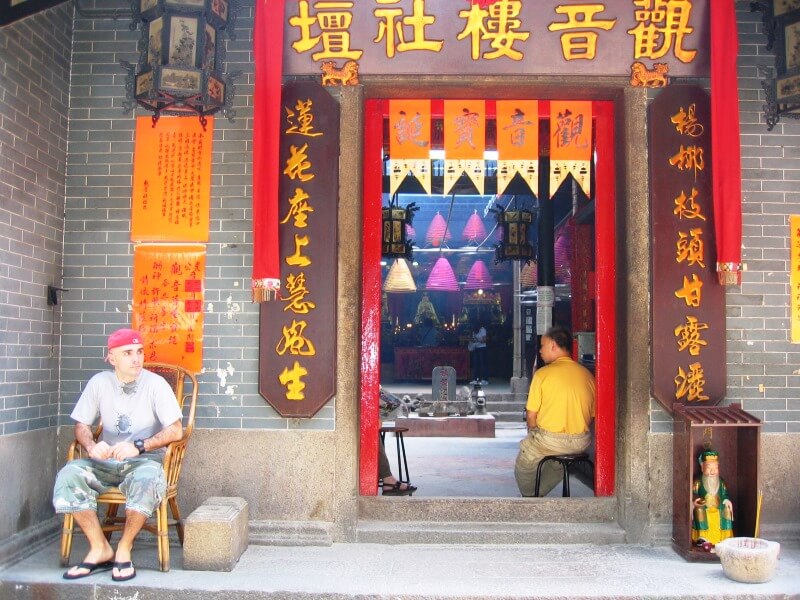
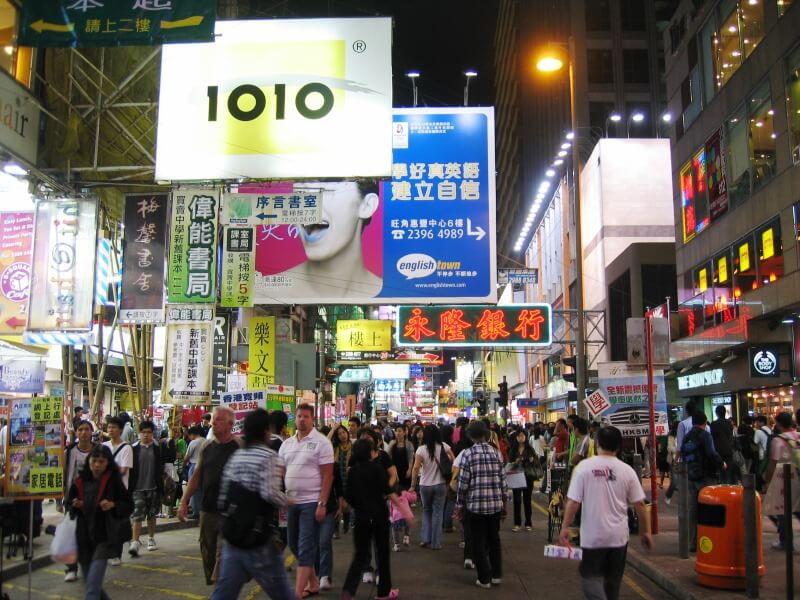
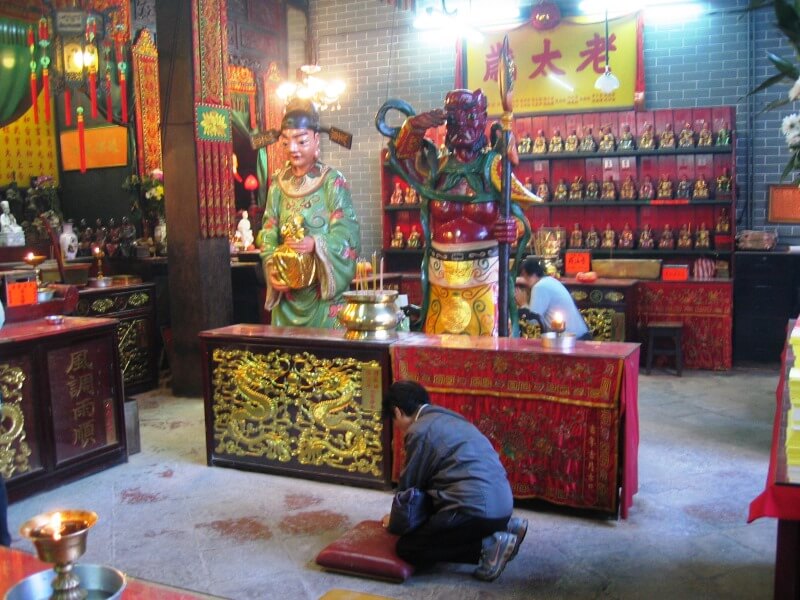
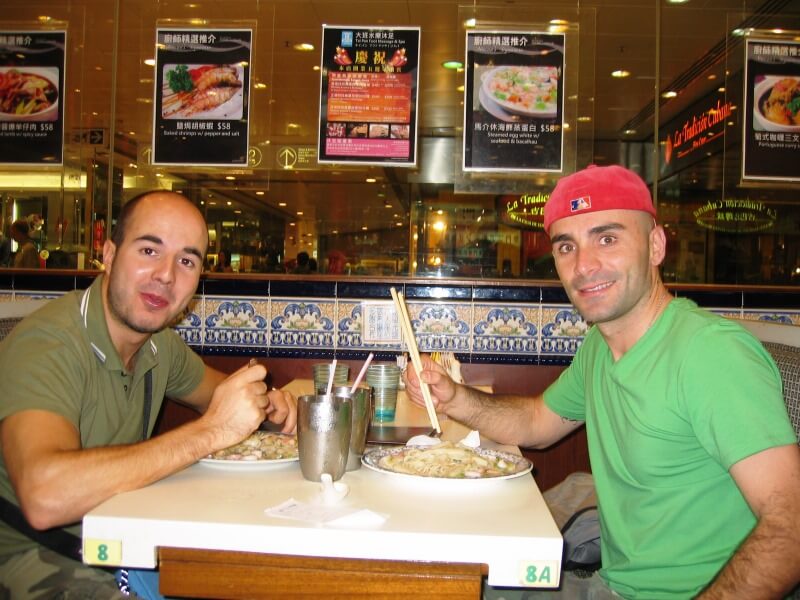
LKF, or Lan Kwai Fong, is a popular district of Hong Kong that is spread over an L-shaped street in the center of the city and is the hub of nightlife. Dotted with nearly 100 clubs including trendy restaurants, pubs and nightclubs, it is frequented by local young people, office workers, tourists and expats who meet from happy hour until the early hours of the morning. The proposal is very varied and designed to satisfy all types of customers: it ranges from the most lively clubs and bars to the most intimate and informal pubs where you can sip a beer and listen to live music.
Nathan Road is Hong Kong's main thoroughfare and the street that best embodies its cosmopolitan and commercial essence. It is in fact dotted with small shops and shopping centers, restaurants, cafes and luxury hotels. Despite being one of the favorite destinations for shopping enthusiasts, along Natan Road there are also historic buildings: Nathan Road was in fact one of the first roads built in the Kowloon area, where it extends for 3 km connecting the neighborhoods of Tsim Sha Tsui and Sham Shui Po. The legendary Chunking Mansions complex, the ancient Church of St. Andrew, are worth a visit, while if you want to regenerate in the green, stop at Kowloon Park.
Located on the Kowloon Peninsula, the Night Market along Temple Street, known as Temple Street, is a glimpse of ancient and authentic Hong Kong. Here, traders of all kinds gather, from electronics to clothing, from precious stones to typical food, from insect and bird sellers, to find, along the way, also numerous palmists who contribute to making the atmosphere mystical and evocative. .
The items on sale have prices for all budgets and, after shopping, we recommend stopping to eat in one of the many restaurants to try tropical fruit, shellfish and all the other typical Cantonese dishes. Along this road, moreover, there are also several old clinics where it is possible to be treated using traditional Chinese medicine.
The imposing effigy of Buddha overlooks Ngong Ping, on the island of Lantau, the largest and wildest in the whole of Hong Kong, albeit the least densely populated.
The statue of Buddha Amoghasiddhi, built in 1993 and located inside the Po Lin Monastery, is actually a 34 meter high mausoleum and can be reached by a staircase of 268 steps! It represents the symbol of the union between man and nature. Despite the titanic undertaking to be sustained, the Tian Tan Buddha is besieged every year by the faithful and simply curious.
Hong Kong is also one of the world capitals of entertainment, thanks to its large water amusement park, where you can drive a bumper car and, at the same time, admire local wildlife species, from fish to the famous pandas.
The Park is divided into two macro-areas, the Waterfront and the Summit, in turn divided into eight attraction zones: Amazing Asian Animals, Aqua City, Whiskers Harbor, Marine World, Polar Adventure, Adventure Land, Thrill Mountain and Rainforest. Adrenaline lovers won't miss the Thrill Mountain area, with at least five rides to make you lose your voice, while animal enthusiasts will love the Rainforest zone, a rainforest home to dozens of different animal species, guiding visitors discovering biodiversity.
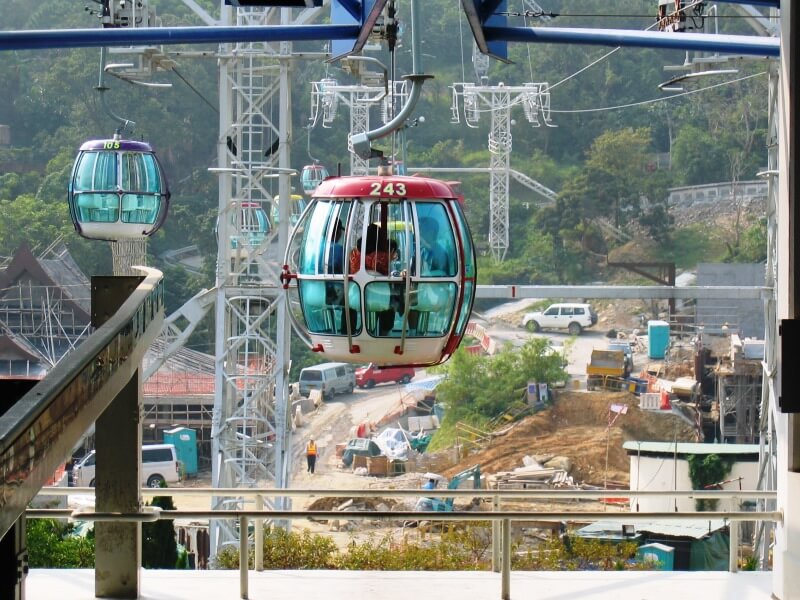
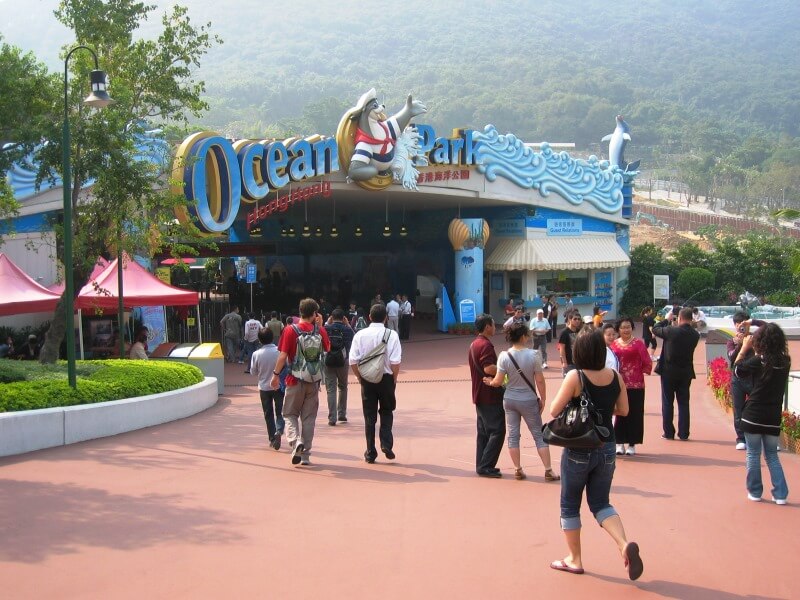

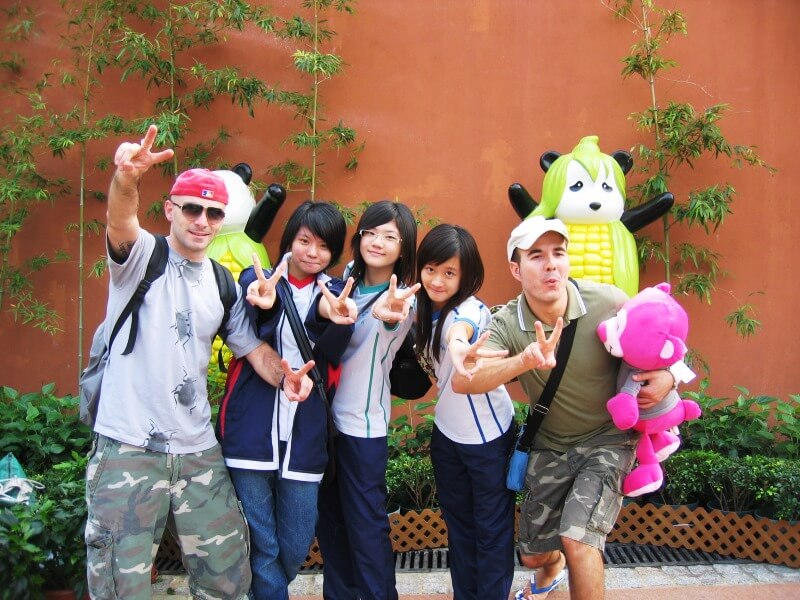
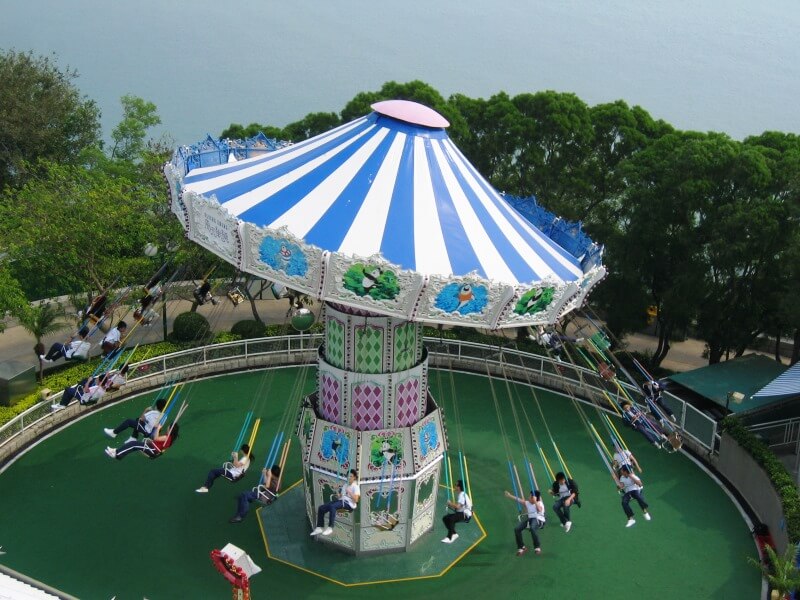
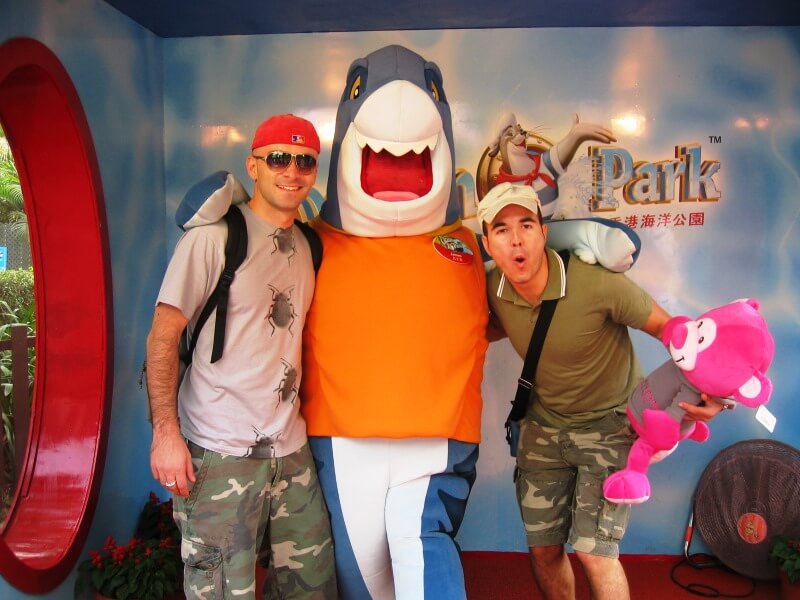



A few steps from Hong Kong stands the small one: Macau. Defined as the capital of gambling, not only in Asia, but all over the world, it stands out for its very particular urban architecture, clearly Portuguese (as a former colony of the European country), for a gastronomy completely opposite to that of Hong Kong and for the very humid tropical climate, influenced by monsoons ... but that's another story!
Error: No feed found.
Please go to the Instagram Feed settings page to create a feed.
2 Responses
Spot on with this write-up, I truly suppose this website wants much more consideration. I’ll probably be once more to read far more, thanks for that info.
Thank you very much, we appreciate that